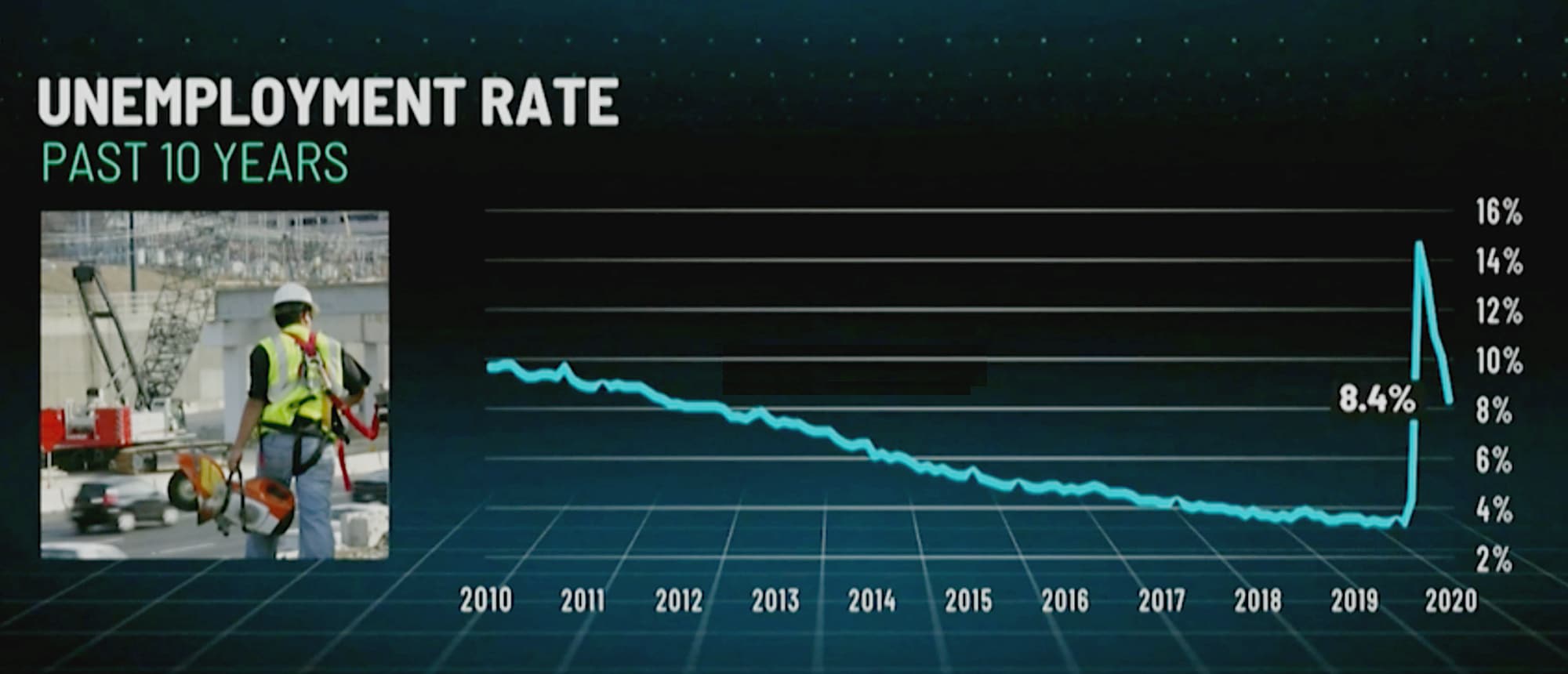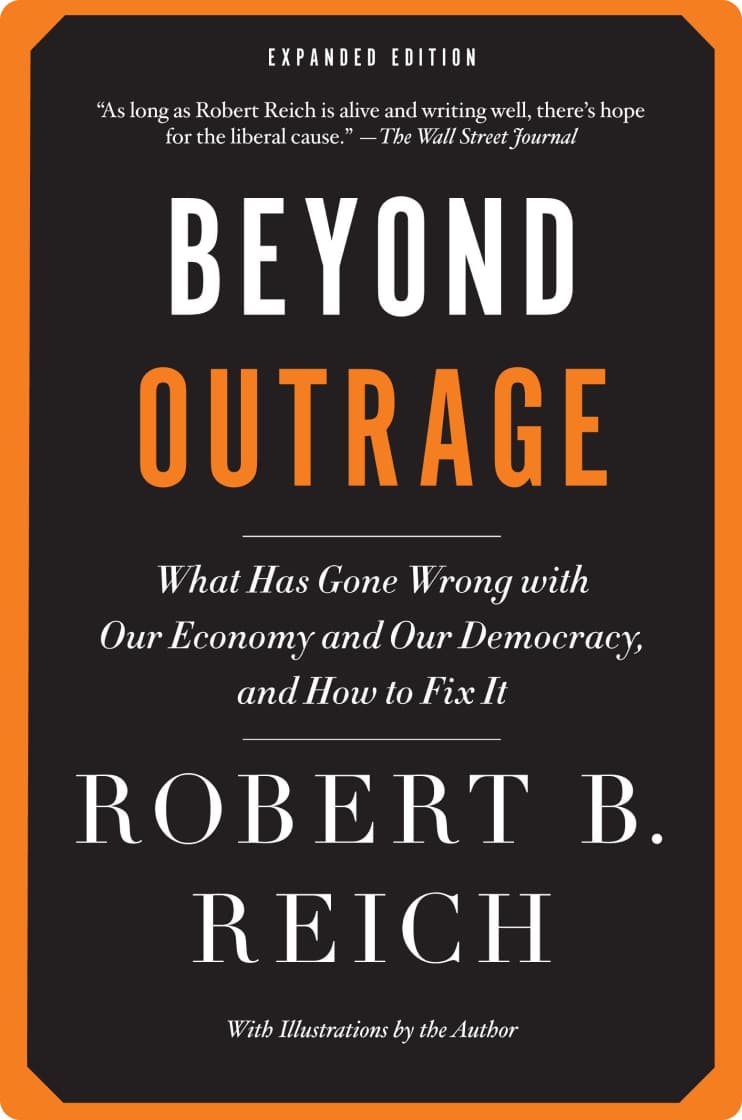Red And Blue America Took Different Roads. Here’s How To Bring Them Together
America has been coming apart at the seams, with Democrats and Republicans increasingly unable of communicating with one another. Red states and blue states, as decided in the 2016 election, have confronted each other in incomprehension, and are leading very different lives with very different economic conditions. Reuniting America requires a forward-looking path of sustainable development that benefits all regions, including the states that have been hard hit by the long-term decline in manufacturing jobs.
The geographical divide pitting the blue ocean coasts against the red interior is partly culture, to be sure. Social liberals are heavily concentrated on the coasts, while social conservatives, especially White Evangelical Protestants, are heavily concentrated in the South and Midwest. Yet the blue-red divide has a crucial socioeconomic dimension as well.
Though Democrats had been considered the party of the working class since the New Deal, they carried the richest counties and lost in many of the poorest in 2016. Understanding that fact is key not only for the Democrats to retake the White House but for the country as a whole to reunite in a common purpose. As candidate, Joe Biden seems to be conveying the right messages.
Democrats have become the party of social progressives, African Americans and other minorities, environmentalists, and younger voters, as well as the party of those with bachelor’s degrees or higher. Republicans, meanwhile, became the party of social conservatives, especially Evangelicals, and increasingly of White working-class and older voters.
Rapid technological changes have pulled blue and red states apart economically, notably most advanced in the blue states. Democratic Party strongholds on the two coasts are heavily oriented towards the high-tech service sectors, while staunch Republican Party regions in the interior are heavily concentrated in the goods sectors, such as manufacturing and fossil fuels.
The economies driving blue states are based heavily on professional sectors that draw on a workforce with bachelor’s degrees or higher. Meanwhile, the goods-producing sectors of red states, including agriculture and forestry, mining, construction, and manufacturing, draw on a workforce with much lower rates of college completion.
When comparing election outcomes with data from the Bureau of Economic Analysis, Clinton carried 17 of the 20 states with relatively large service sectors, while Trump carried 27 of the 30 states with relatively large goods sectors. The 15 states with the highest proportion of employment in mining, logging, construction, and manufacturing all went for Trump, while 9 of the 10 states with the lowest proportion of workers in goods-producing sectors went for Clinton. Clinton carried the states with high-tech services. All 15 states with the highest proportion of adults with advanced degrees (post-Bachelor’s) went for Clinton, while 24 of the 25 states with the lowest proportion of advanced degrees went for Trump.
Thirteen of the 15 richest states (ranked by median household income) voted for Clinton, while 22 of the poorest 25 states voted for Trump. These high incomes reflect the earnings of the high-tech professional sectors.
In 1979, employment in manufacturing peaked at 19 million jobs, but declined to around 12 million by the time of the 2016 election. By 2016, many industrial workers felt that the Democrats were no longer representing their interests.
Trump swooped in on these states during his first campaign to wrest many of them from Democrats, charging them with ignoring their job plight. He claimed that the jobs had been lost to China, Mexico, and immigrants, and that he would restore the jobs through protectionism and anti-immigrant policies. These arguments were grossly exaggerated and ignored the forces of automation, which has led to an increase in output of goods despite fewer workers, thanks to robotics and other technological advances.
Voters in red states that both produce and use fossil fuels more heavily have been wary of plans to decarbonize the economy. Trump prevailed with an aggressive though utterly false and blatantly racist narrative. He told red-state voters that China and Mexico had stolen their jobs and that he would return them. He blamed immigrants for many of the red-state ills. He promised to resurrect the red-states’ fossil-fuel industries.
In fact, Trump’s remedies have been so much hocus-pocus. The number of those employed in manufacturing in 2019 remained well below 2008 numbers. The number of manufacturing jobs in August 2020 was 247,000 less than at the start of his term in January 2017. He did not and could not bring jobs back from China since most of the job decline in industry reflected automation not trade, and since even jobs squeezed out of China by US tariffs will simply shift jobs to Vietnam or other low-income but highly productive countries.
Moreover, Trump has not and could not resurrect the coal, oil and gas industries. His promises to do so are recklessly blind to the world’s shift away from fossil fuels and towards green energy due both to the climate crisis and also to falling costs of renewables. Jobs in mining and oil and gas extraction are down by 30,000 since Trump took office and will fall further as America’s declining and money-losing fossil-fuel production is replaced by wind and solar power. The S&P Oil & Gas Exploration & Production stock index is down 51.5% over the past year, while the Clean Energy S&P is up 50.7% over the same period.
Trump did not and could not create decent red-state jobs by clamping down on immigration, since immigrants were never the cause of red-state job woes to begin with.
He also promised a boom in construction jobs building new infrastructure across the US, but he failed to do so, as he lacked any serious vision of what the country needs.
Democrats now have the opportunity to reunite the nation by creating jobs across all regions. They should offer an industrial plan to build the next generation of electric vehicles, smart grids, advanced batteries, and green fuels (such as hydrogen produced with renewable energy) — all of which would create new jobs throughout the industrial heartland.
The Democrats can win over the natural-resource states by playing to their great strengths: massive low-cost renewable energy (especially wind and solar power) and new mining resources for advanced batteries, electric vehicles, wind turbines, and other parts of the new industrial economy.
The Democrats should also lead on the long-delayed modernization of infrastructure: interstate transmission lines to carry renewable energy; buildings retrofitted for electrification and energy efficiency; charging stations and other facilities for electric vehicles; transmission pipelines for hydrogen and other green fuels; and a 5G network for advanced digital services.
In sum, the path to sustainable investment is the path to a reunified America, with all parts of the nation contributing to the nation’s recovery.







